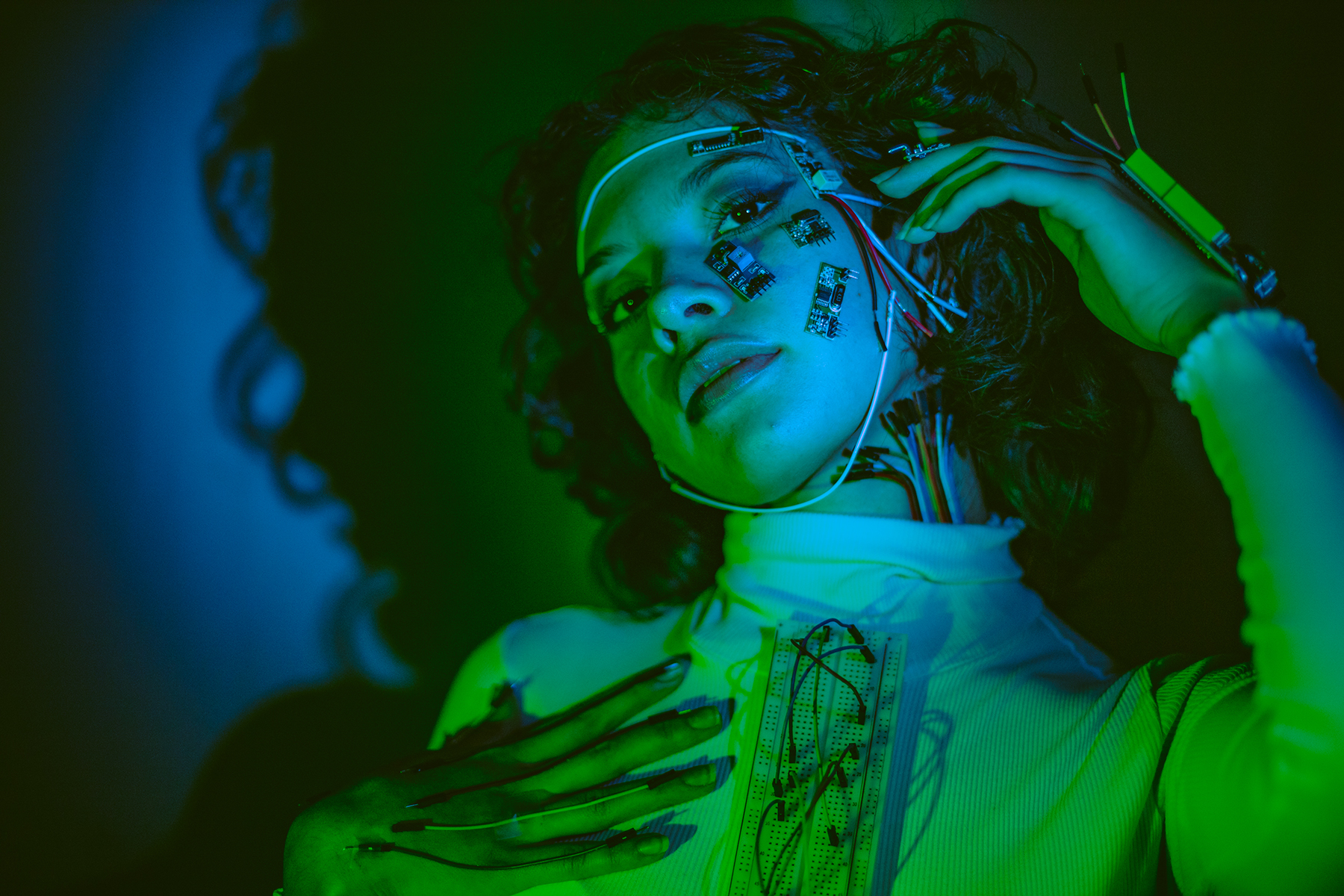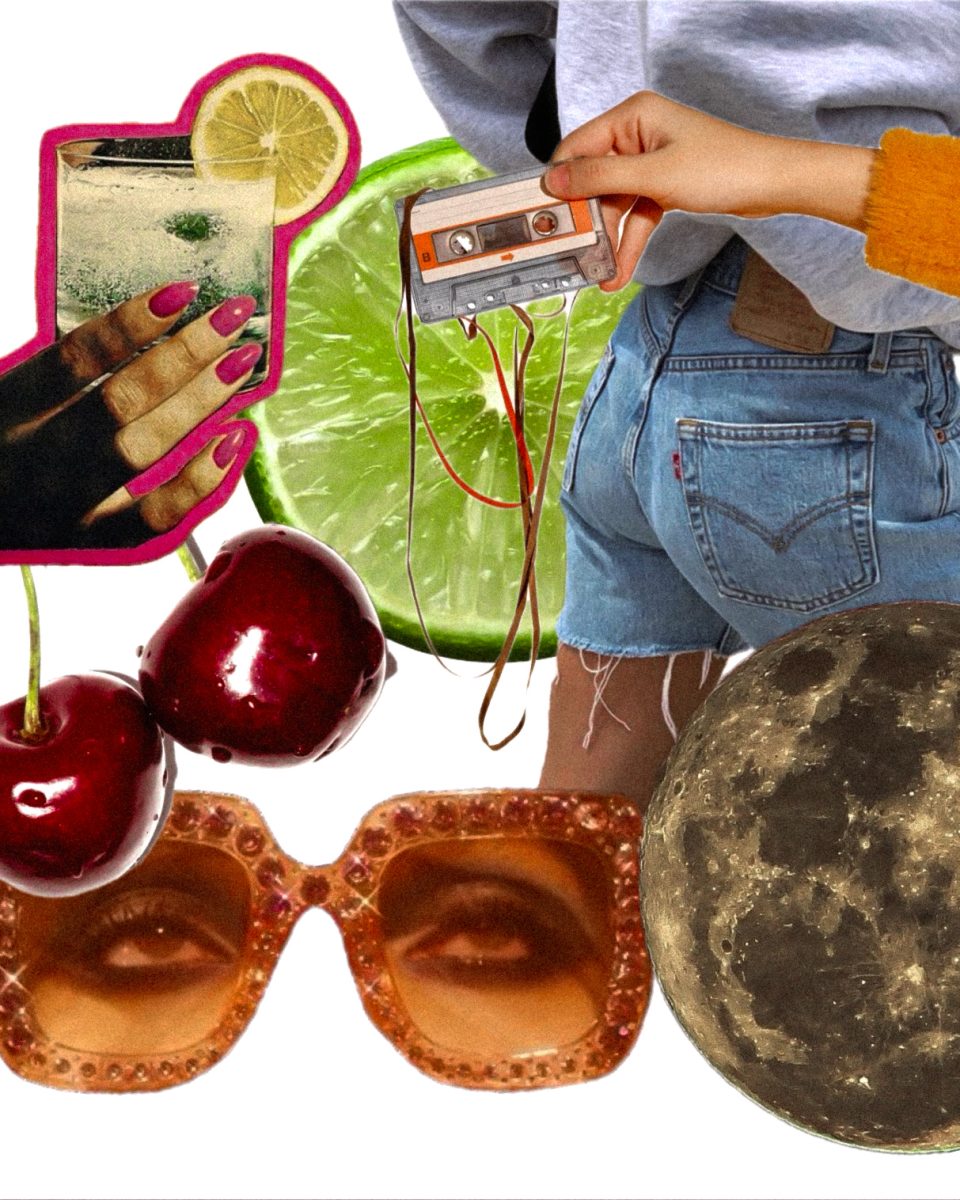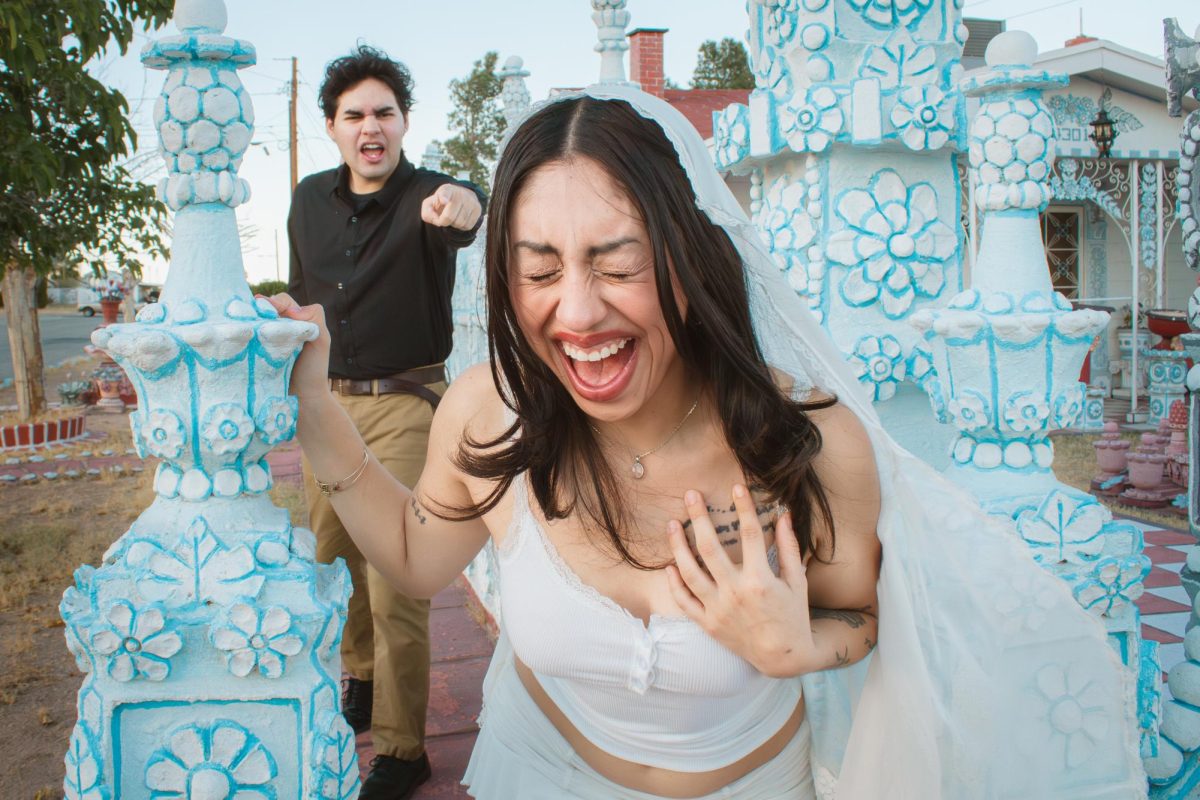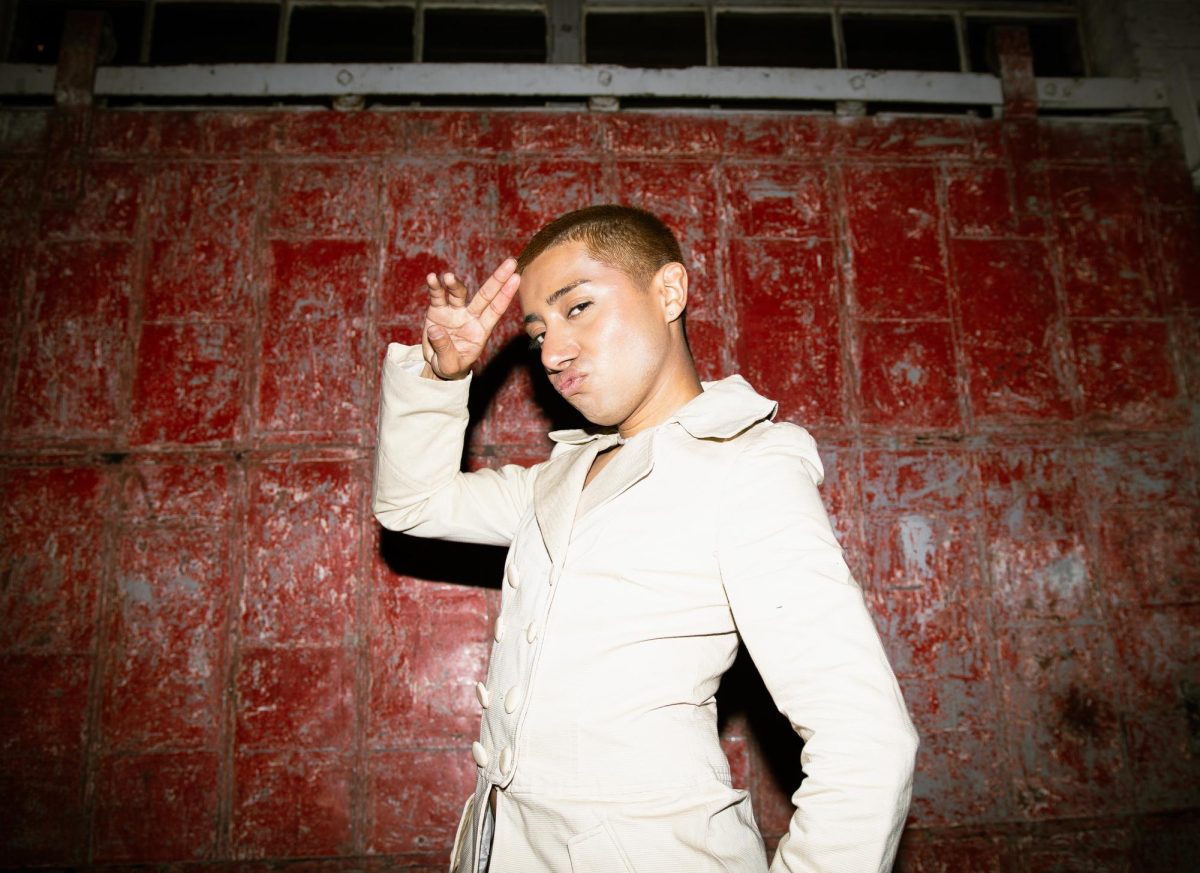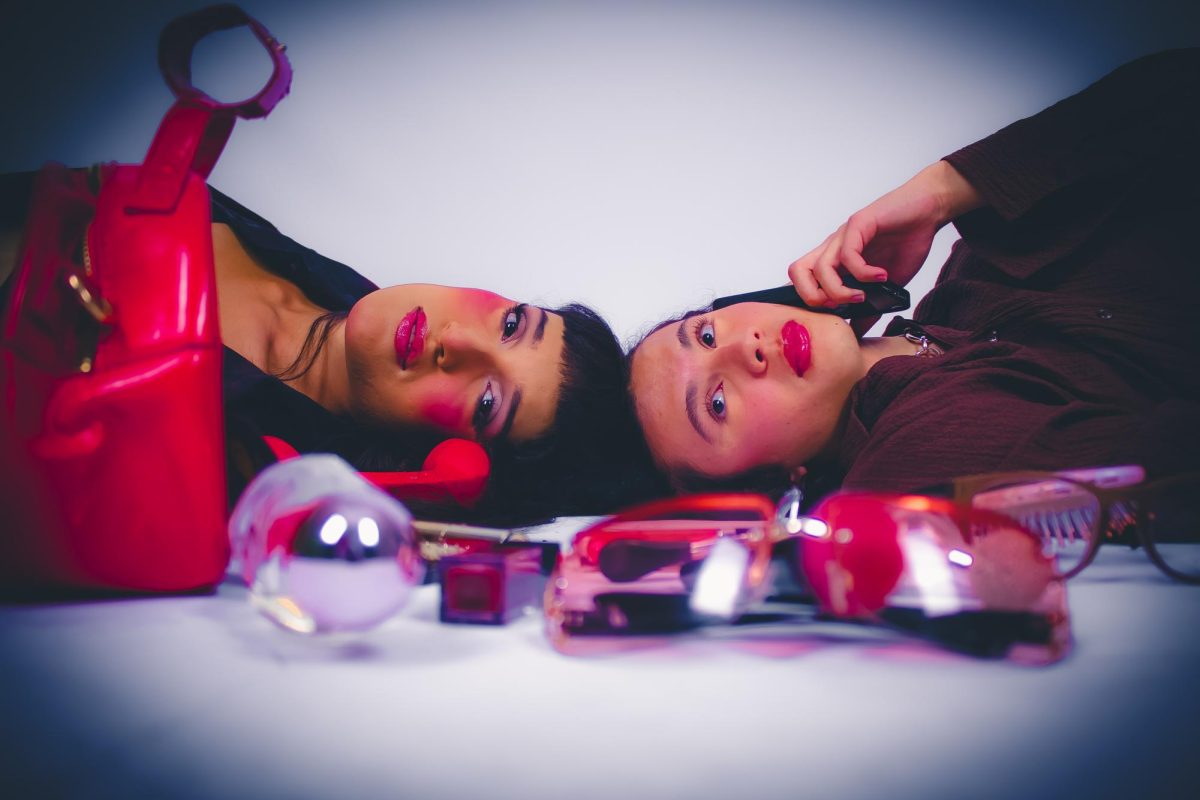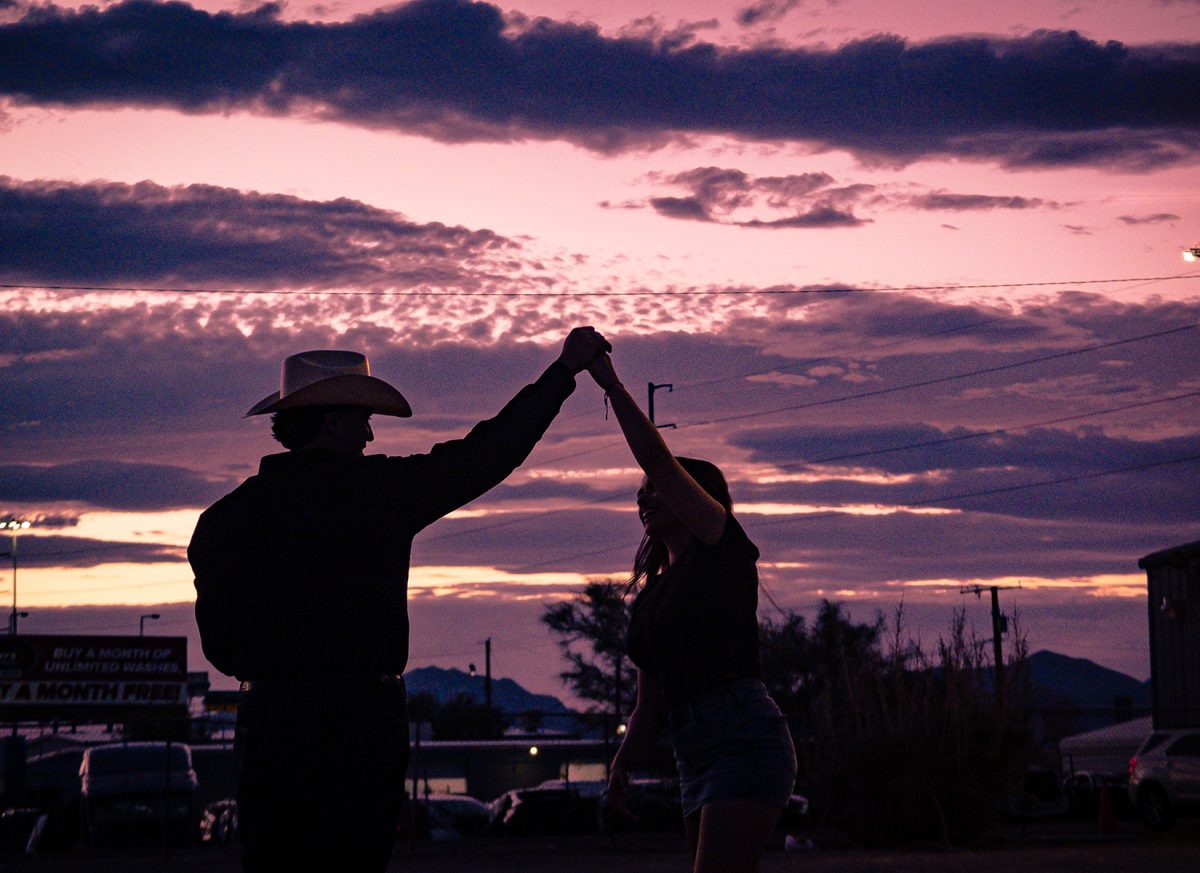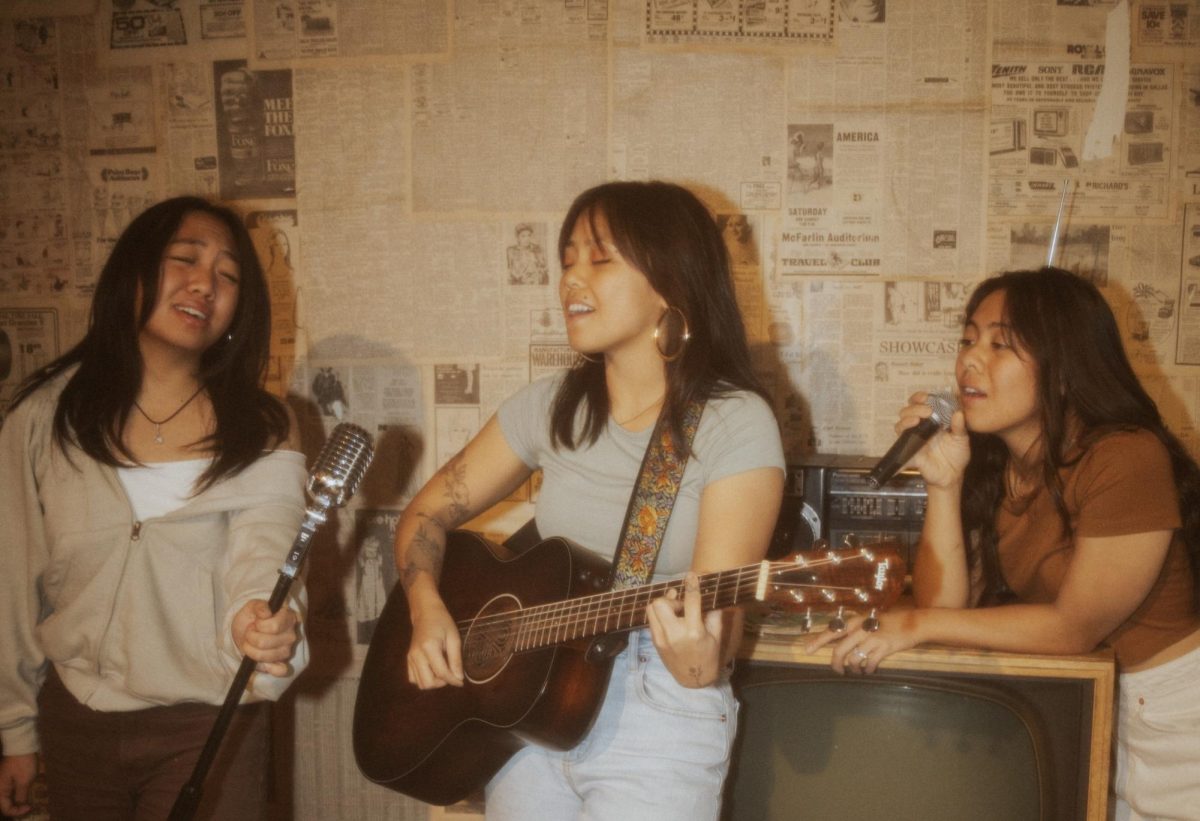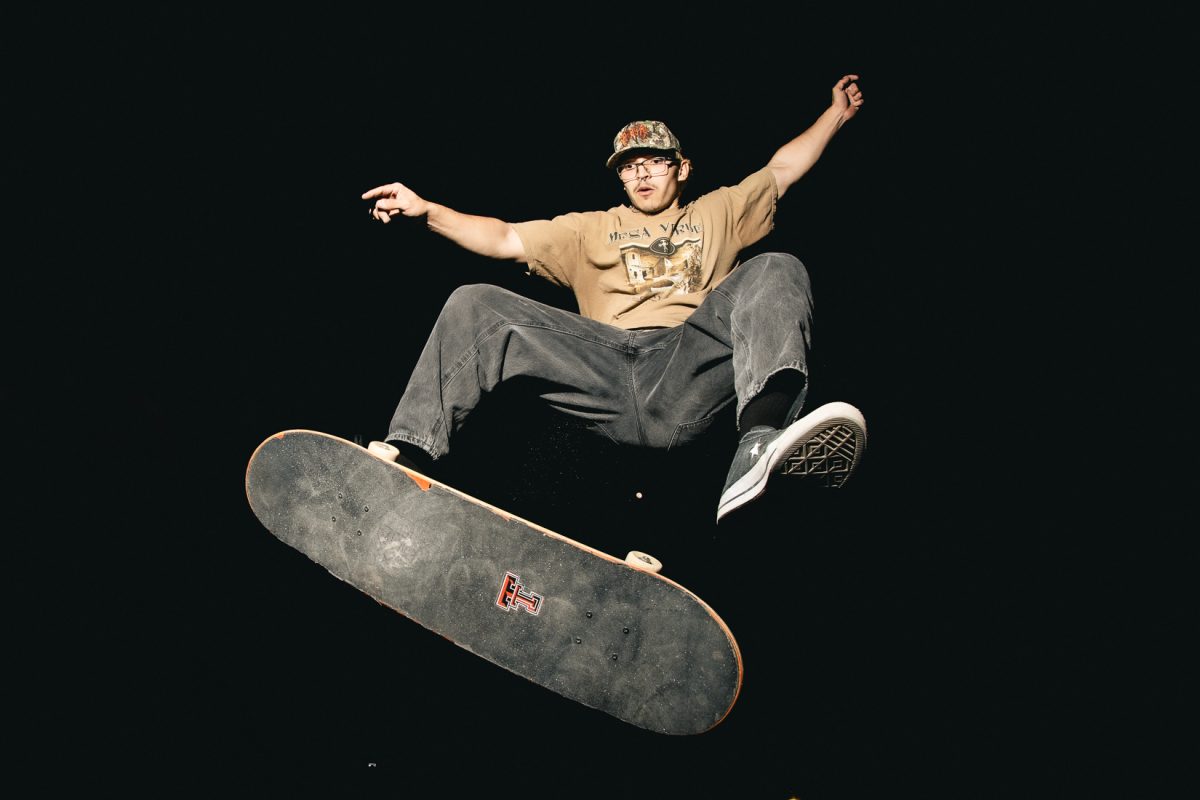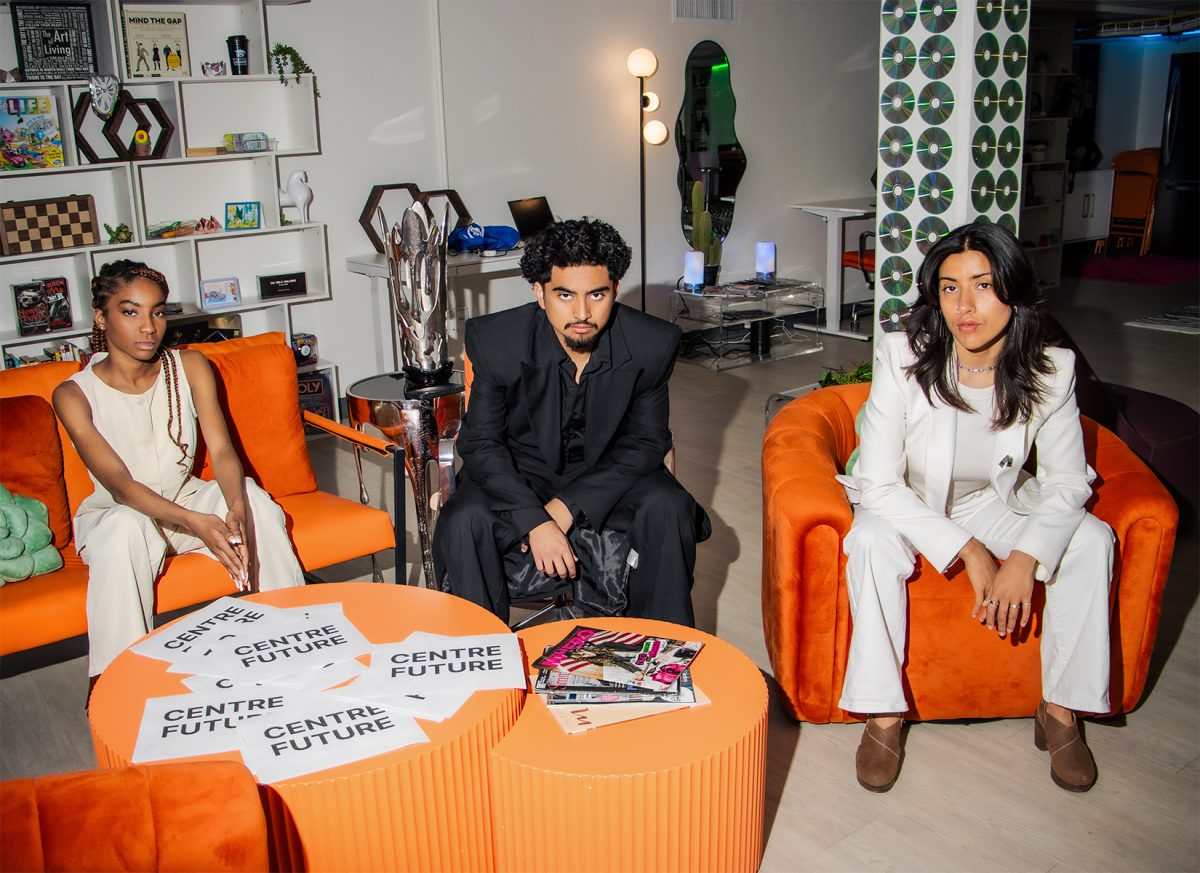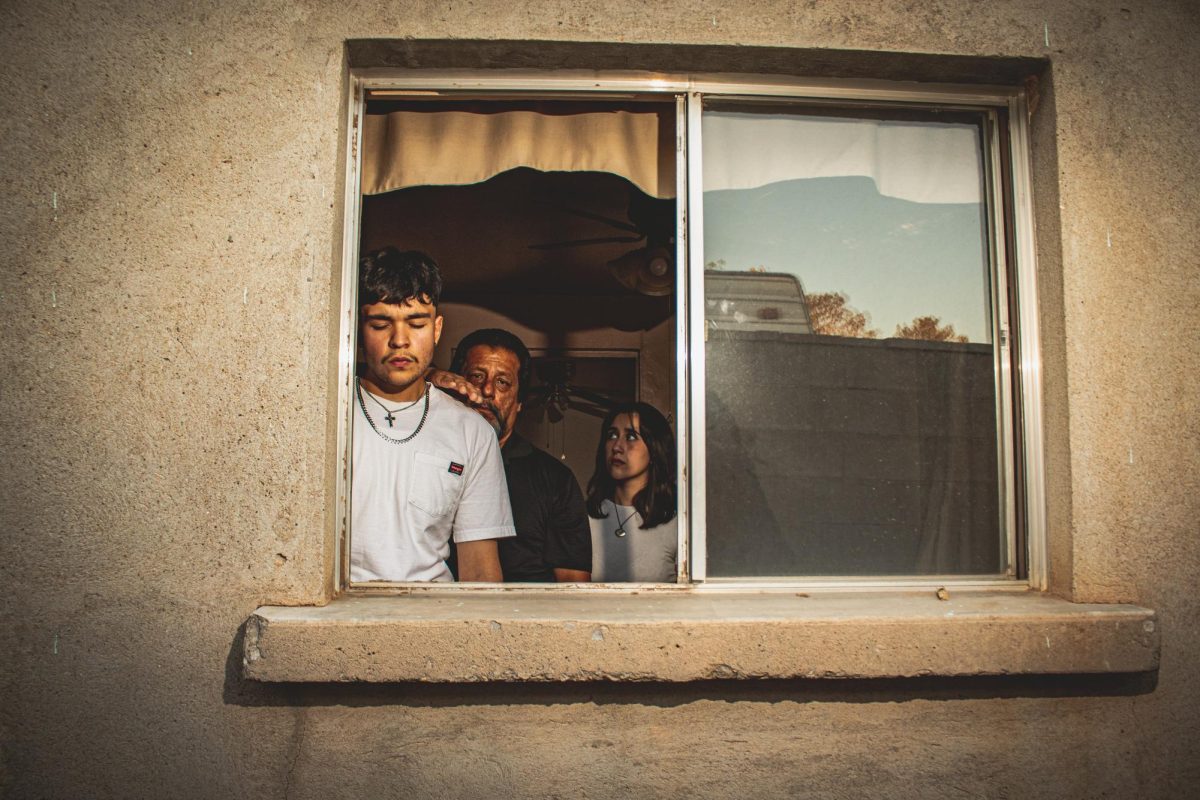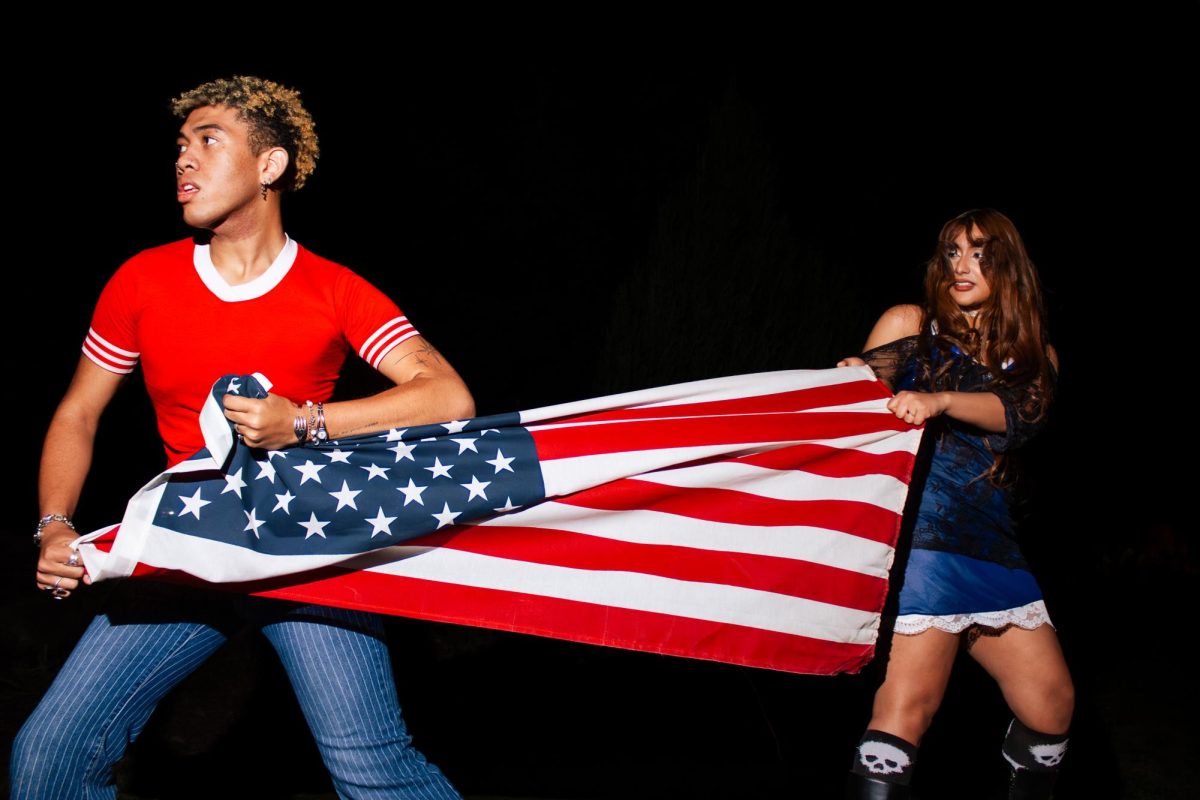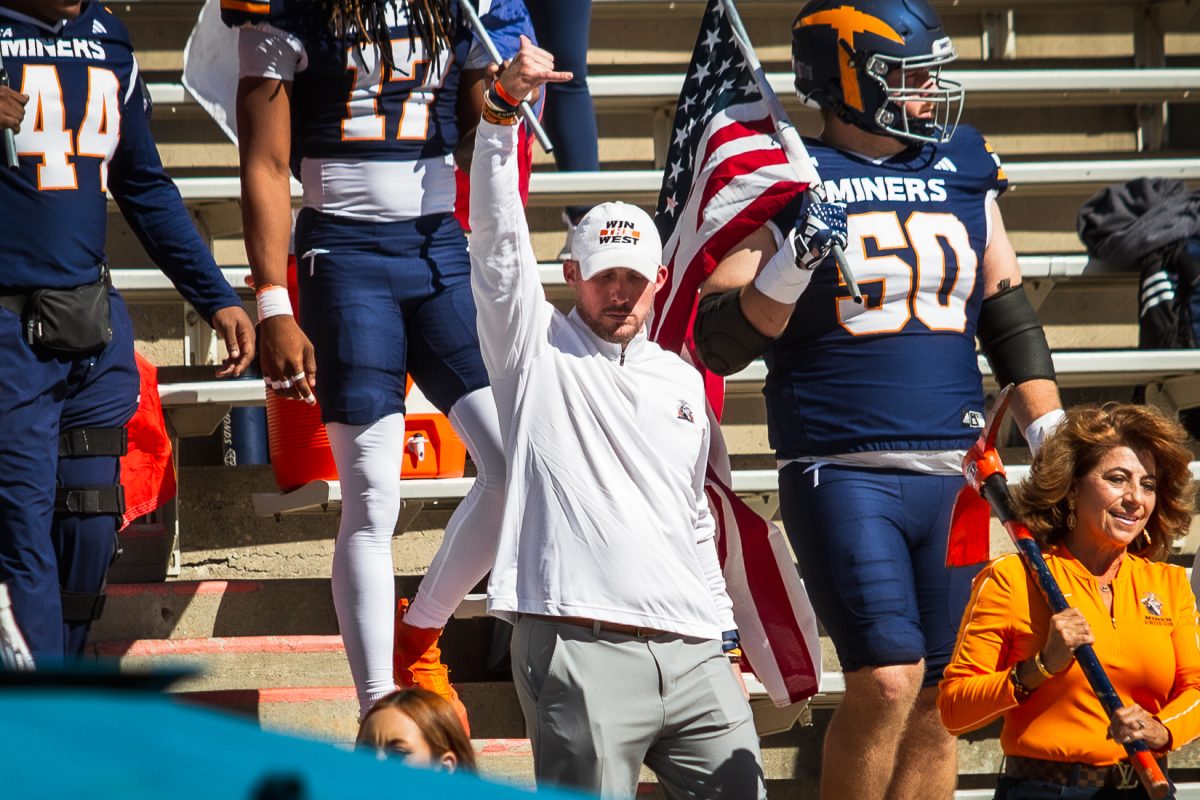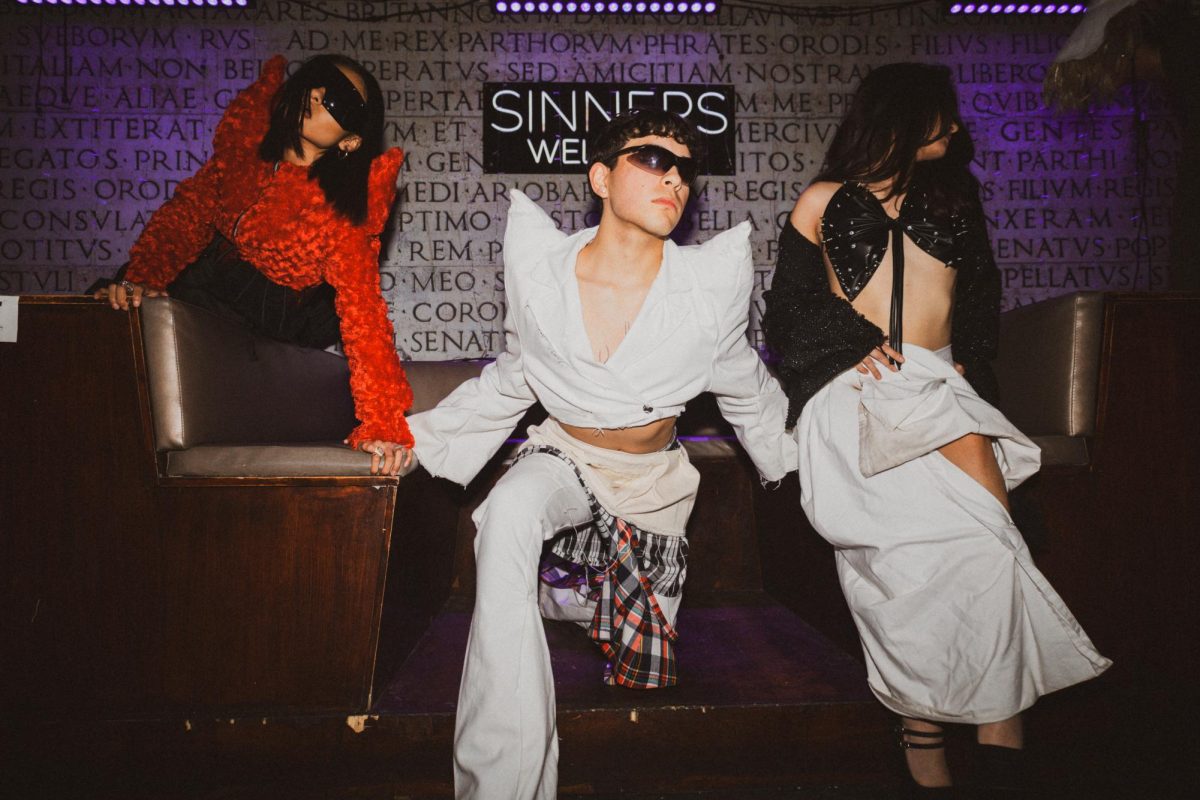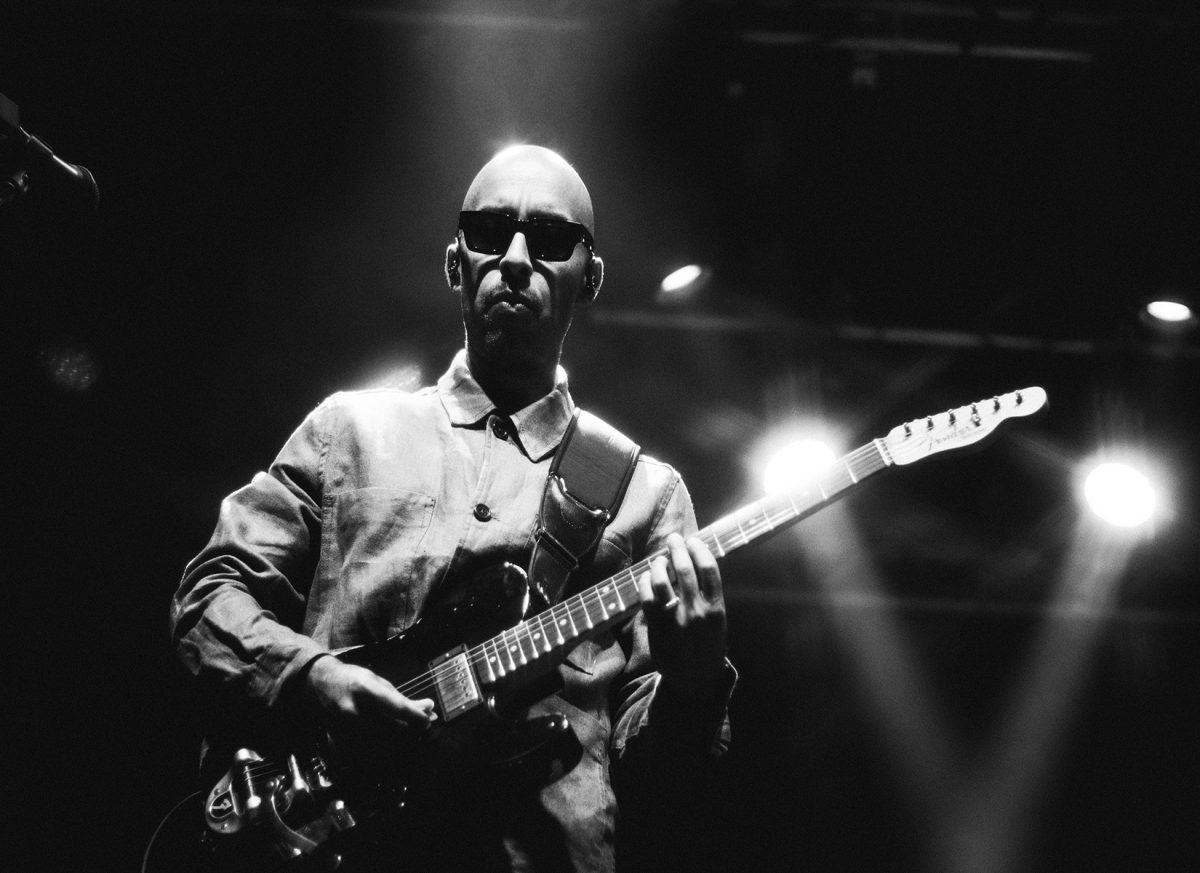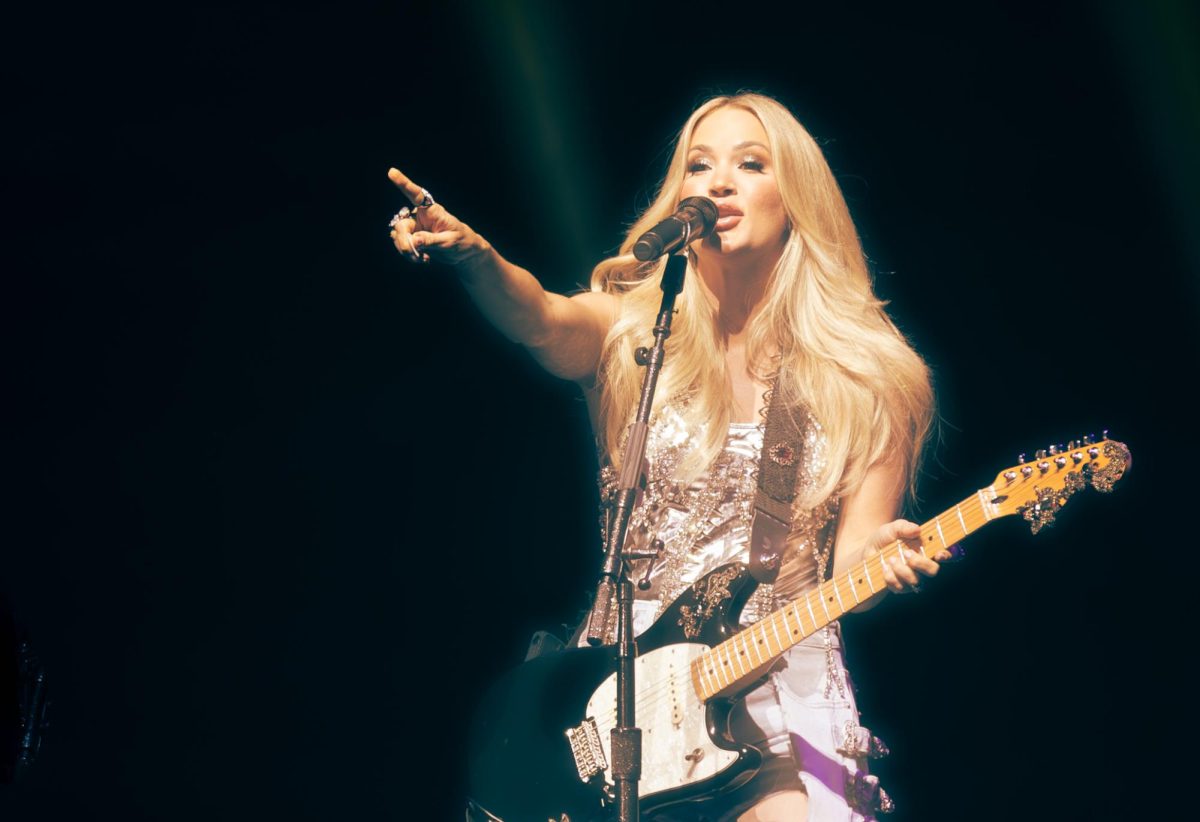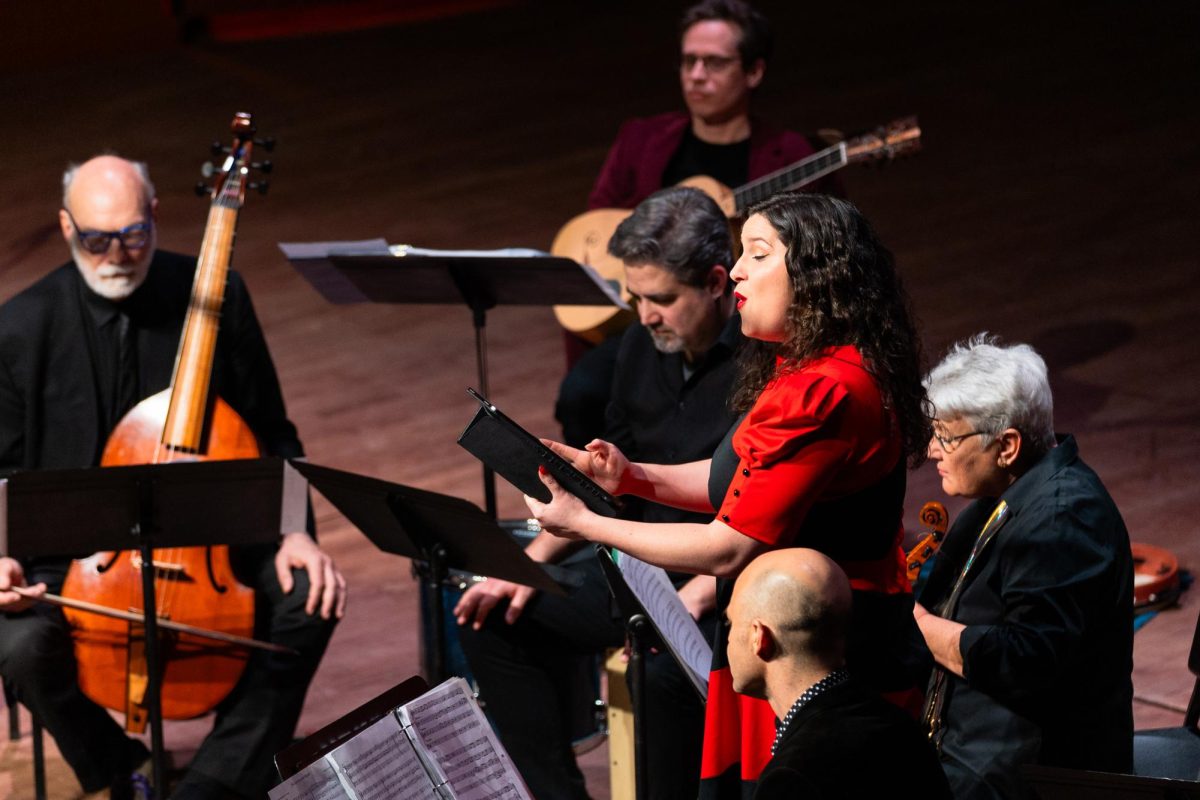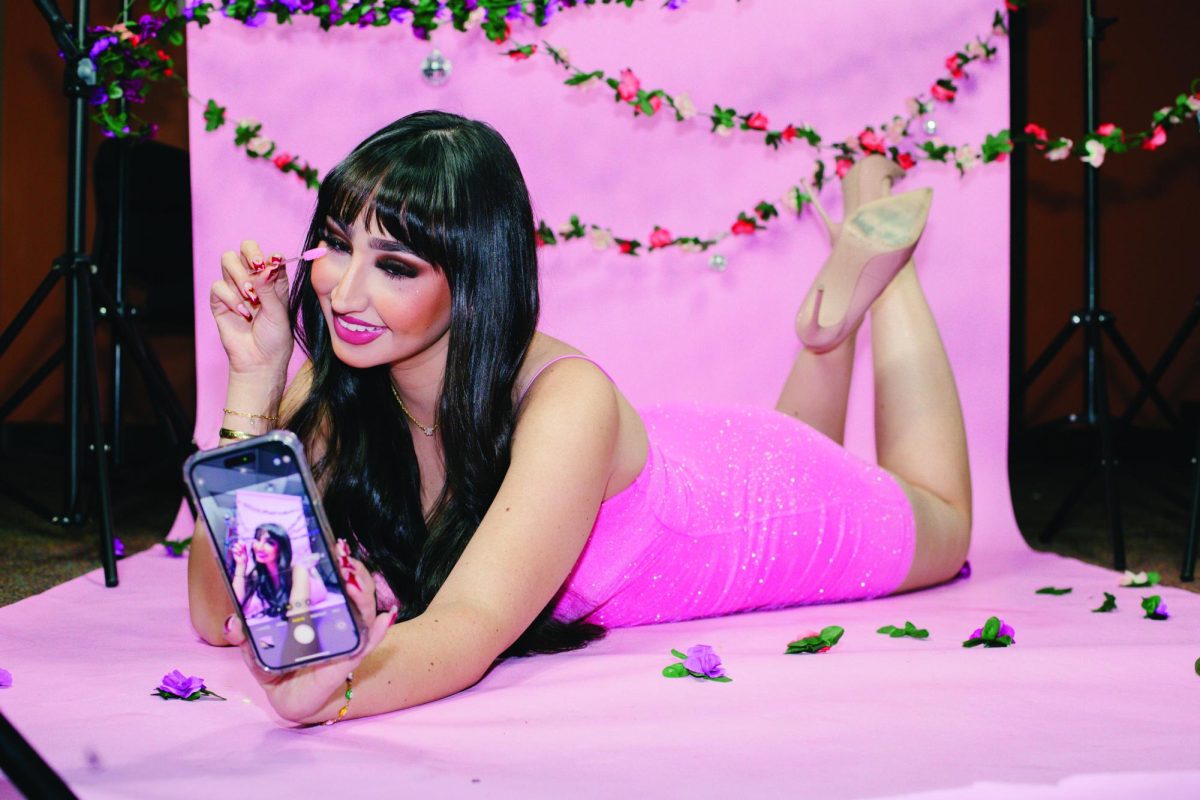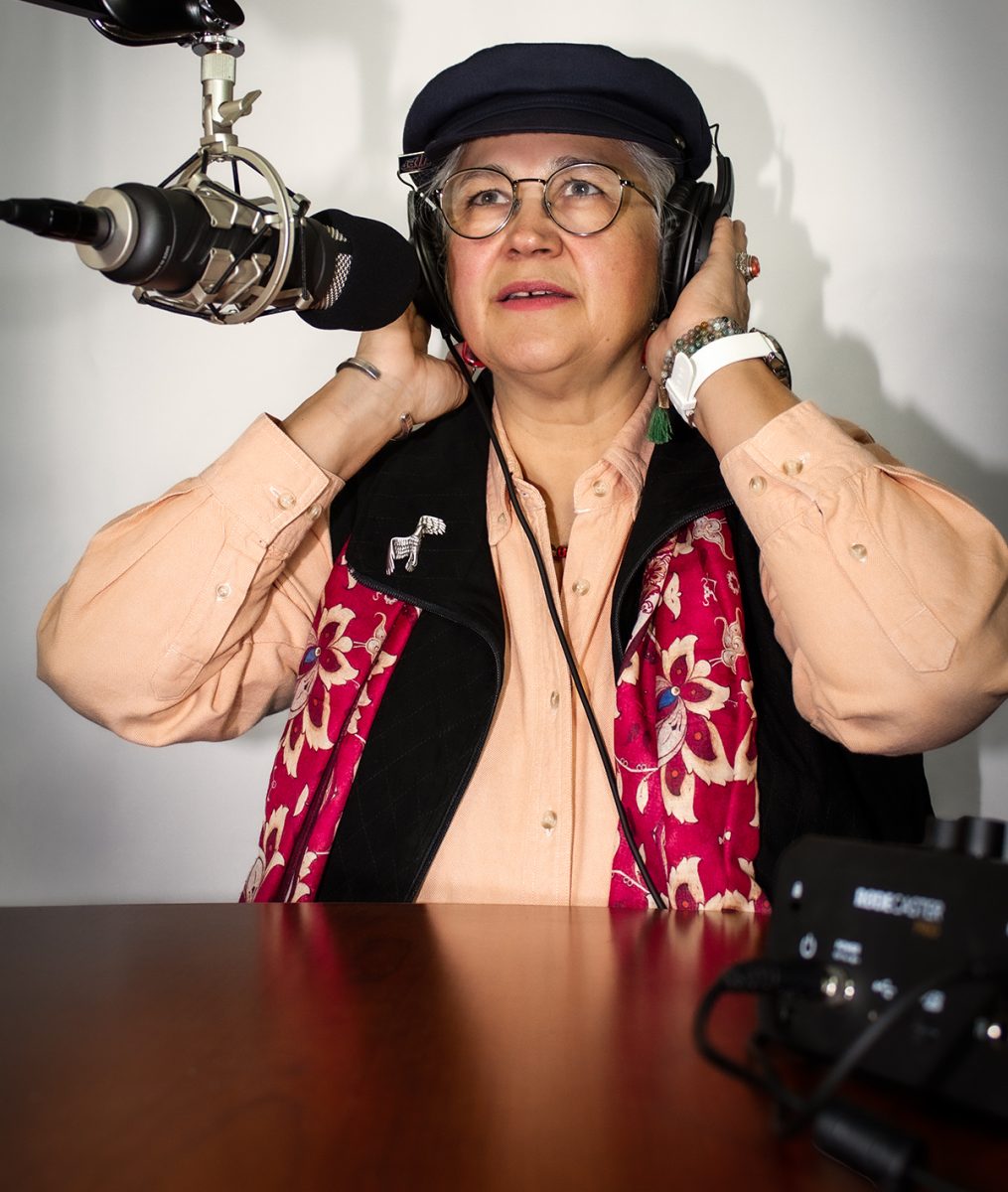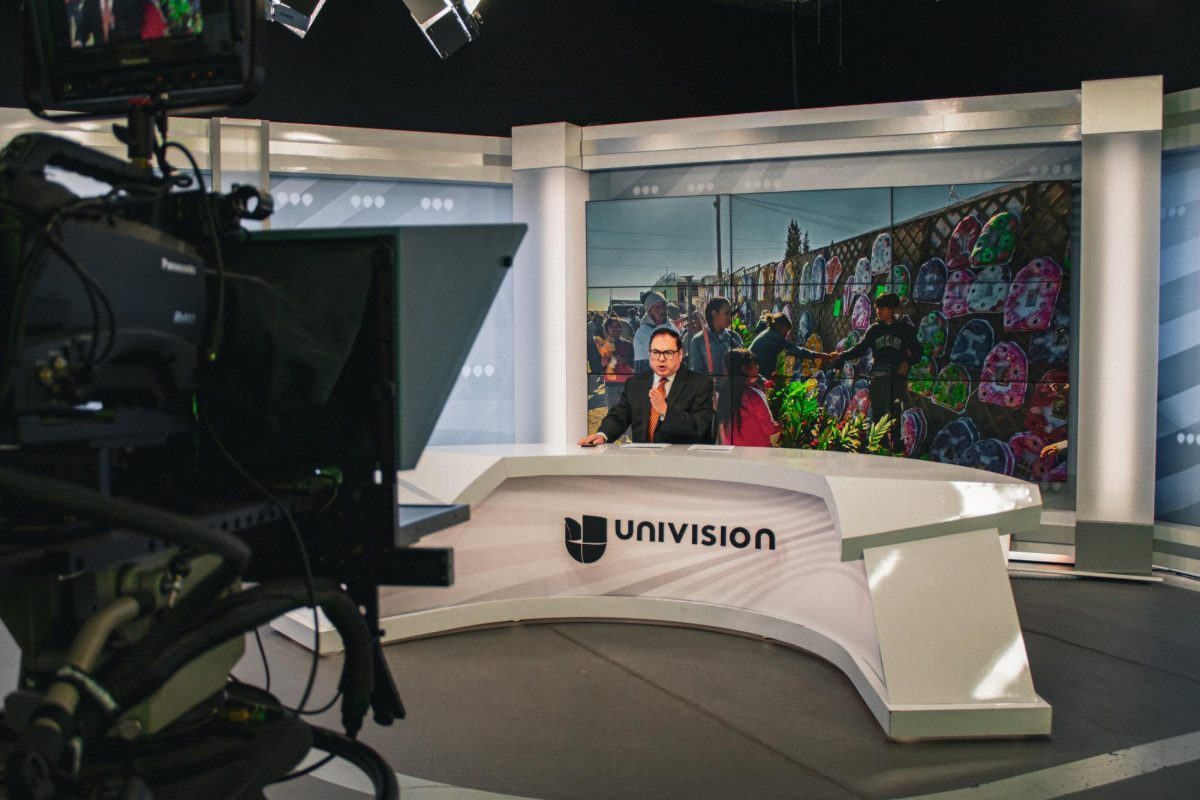Click, type, post. Three words that define the creation of the modern digital age, becoming one of the easiest ways for someone to create and consume different forms of art and film.
In a virtual world with high-tech devices and innovative technologies that have come with growth, some might not realize the rise in popularity of artificial intelligence (AI) that has taken over the tech age little by little and the creative brains of artists alike.
It is no secret that AI is becoming a household name and a controversial one at that, as programs like Google AI and ChatGPT by OpenAI models generate human-like text based on conversations. These chatbots that pop out through one’s digital screen often help students write their essays or assignments, raising an eyebrow of concern amongst universities.
However, these virtual robots can actually do more than help students with papers or answer questions for people. This tool creates various forms of art, and for some artists, this has raised a concern about how this tool is changing the way people make or consume art.
As artificial intelligence pushes through the art world, conflicting stance towards the tool that generates artwork exists among artists and people.
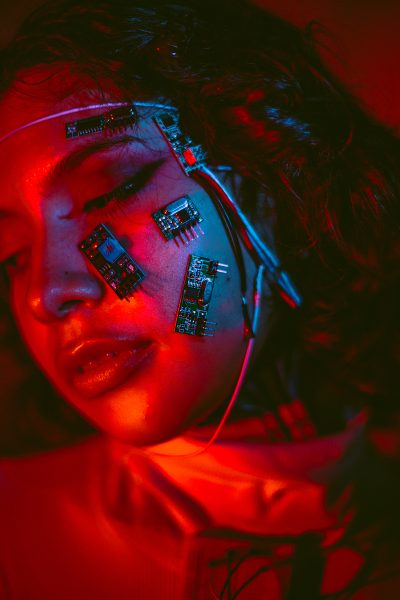
While some creators pull towards AI, welcome the use of this tool eye it to amplify their creativity and reach bigger audiences, other artists have begun to push back. Artists that are receptive to this new technique fear the disruption of traditional art forms and its effects on how people view and create their craft. Having one of the negative repercussions of AI being the lack of originality and human emotions, threatening artists’ livelihood and ethical dilemmas.
El Paso artist and UTEP student Diana Gutierrez, painting major with a minor in graphic design, is a creator with a different perspective on AI. Gutierrez showcases her passion for her culture and life in Ciudad Juárez through oil paintings. She weighs in on the matter.
“It depends on what they are using it for, I have seen some people use it to create the whole image, which I think is kind of weird, I don’t really view it as art,” Gutierrez said. “For it to be art, it has to be made by someone who is alive, someone who is human, and AI is not that and it’s not personal, it’s very disconnected from real art.”
Her immigrant father being one of her inspirations, Gutierrez says she started painting when she was just a little kid doing arts and crafts with her dad. Though she does not plan on using AI to help evoke emotions in her work, in the past, Gutierrez had professors instruct her to use these sources to expand her creativity.
“I had professors tell me so many times, ‘you guys have to use ChatGPT, or use this AI, it would help you create more ideas’ and I understand that the art world, especially right now with social media, its super-fast paced, you want to just pump out content,” Gutierrez said. “I’m very emotionally connected to my paintings and AI is disconnected from that, it’s not coming from within so for me it doesn’t make sense to use it, it would make me feel like I didn’t do anything.”
Anyone can use AI tools to develop new forms of self- expression and encourage artists to expand their views on different forms of art making that are rapidly growing.
Essentially it is a collaboration between humans and this high-tech machine where any artist can go into art chatbots, a type of computer program that interacts with users to generate experimental and interactive art.
Another technique used among AI-driven artists is style algorithms, which allow creators to apply different styles of art to a single image, producing a unique visual effect.
With the increase of techniques and AI algorithms producing art, Gutierrez is not intimidated by this tool but shows concern when AI is used graphic design since that is a career path she wants to pursue.
“In graphic design, it (AI) gets sources from so many images, and you can be super specific with it and if you are the client, you can just put it in and get a logo, you don’t have to pay someone else to do the work for you and it is scary, especially in graphic design,” Gutierrez said. “That’s your job, that’s your life, you studied for that, yet this computer you don’t have to pay for it will just give you a logo in seconds.”
AI is also used in the film industry. Its uses have raised some red flags for some actors, but its use is not always negative.
Filmmaker and actor Ryan Rox is a part of Femme Frontera a film organization founded by women and non-binary filmmakers across the U.S-Mexico border and SAG-AFTRA, weighs in on how she feels about the normalization of AI programs taking over the film industry.
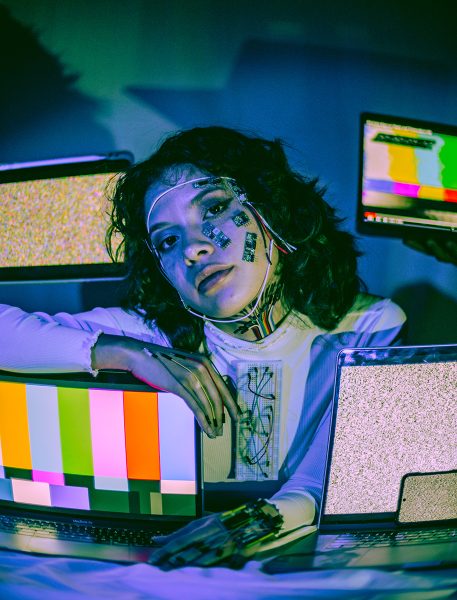
“It is something (AI) that is a lot more dangerous than people realize, I think AI in the hands of major studios is dangerous for actors, however, I think AI originally was invented as a tool to be helpful and can be a resource for independent filmmakers and artists in general,” Rox said. “Thats not to say that VFX artists and graphic designers don’t deserve that work as well so that’s why there’s the complexity of whether it’s (AI) good or bad.”
There are multiple techniques to use AI in film and television, one of which is synthetic media, a process by which AI can create voice cloning, visual effects and deepfakes, and the manipulation of facial appearances. Another thing concerning actors, particularly those in SAG-AFTRA, is background actors exploited by producers
using AI methods.
“With the right protections and in the right hands, AI can be a useful tool for artists and for people that don’t necessarily have the means and resources like my friend who made an independent film, no budget and they used AI generative film tool to make a cool shot,” Rox said. “That helped them express themselves and so in a way it (AI) can be a resource.”
As the world shifts into the tech age, some artificial intelligence users and creators are in high gear to push their boundaries and creative brains to make AI a staple to create and consume art. Some creators are figuring out how to contain and use this method safely and effectively.
With this technology rapidly growing and shifting through different types of art, even music and literature, creators are experiencing this virtual robot take over their industry. While the repercussions of it are still yet to be determined, it is safe to say that AI and other programs are here to stay, and this could be the beginning of a new art-technology hybrid being a norm in the creative world.
En Breve
Traducido por Yoali Rodriguez
La Inteligencia Artificial (IA) empezó a surgir en el mundo de la tecnología con programas como GoogleAI y Chat GPT por OpenAI. Con su crecimiento en popularidad, la IA esta siendo utilizada con mayor frecuencia en el mundo del arte y películas, generando controversia en estos ámbitos, ya que hay artistas que lo apoyan y hay artistas que no.
Artista local y estudiante de UTEP Diana Gutierrez, dedica sus obras al óleo a su cultura y vida en la frontera. Ella considera que IA demerita el talento del artista, ya que su uso no debe ser considerado arte porque no tienen ningún tipo de conexión humano.
Los artistas utilizan herramientas y tecnologías de IA para crear arte con programas como chatbots y algoritmos que crean imágenes. Femme Frontera es una organización creada por mujeres y cineastas no binarios de la frontera. Actriz y cineasta Ryan Rox quien es parte de esta organización de cine apoya el uso de IA en las películas. Ellos consideran que el uso de IA es un recurso para artistas con poco propuesto dándoles la oportunidad de crear películas. Las técnicas creadas por la tecnología en el cine pueden ser desde deepfakes, a efectos visuales, o clonación de voces.
Se puede decir que IA está aquí para quedarse y ha abierto la posibilidad de crear arte híbrido con esta tecnología. Depende de los artistas si optan por usarlo o no.

